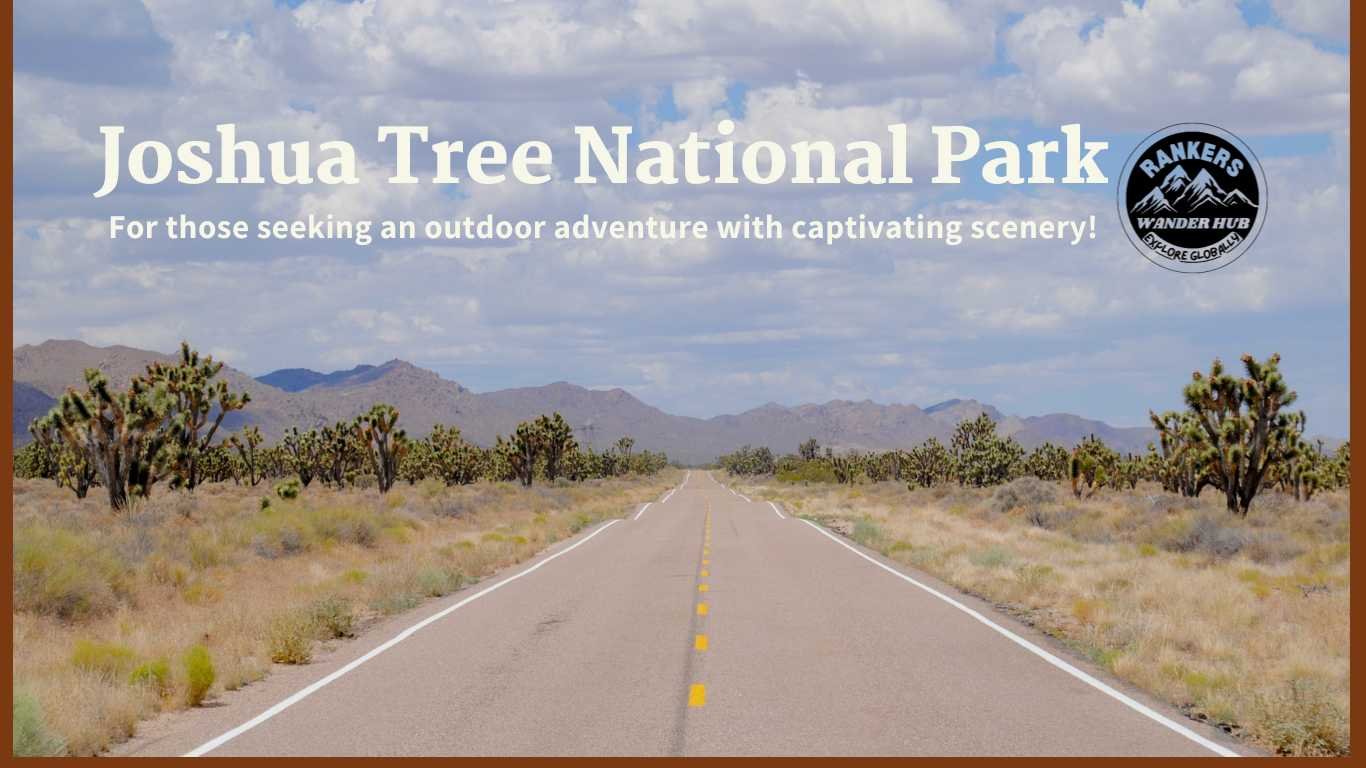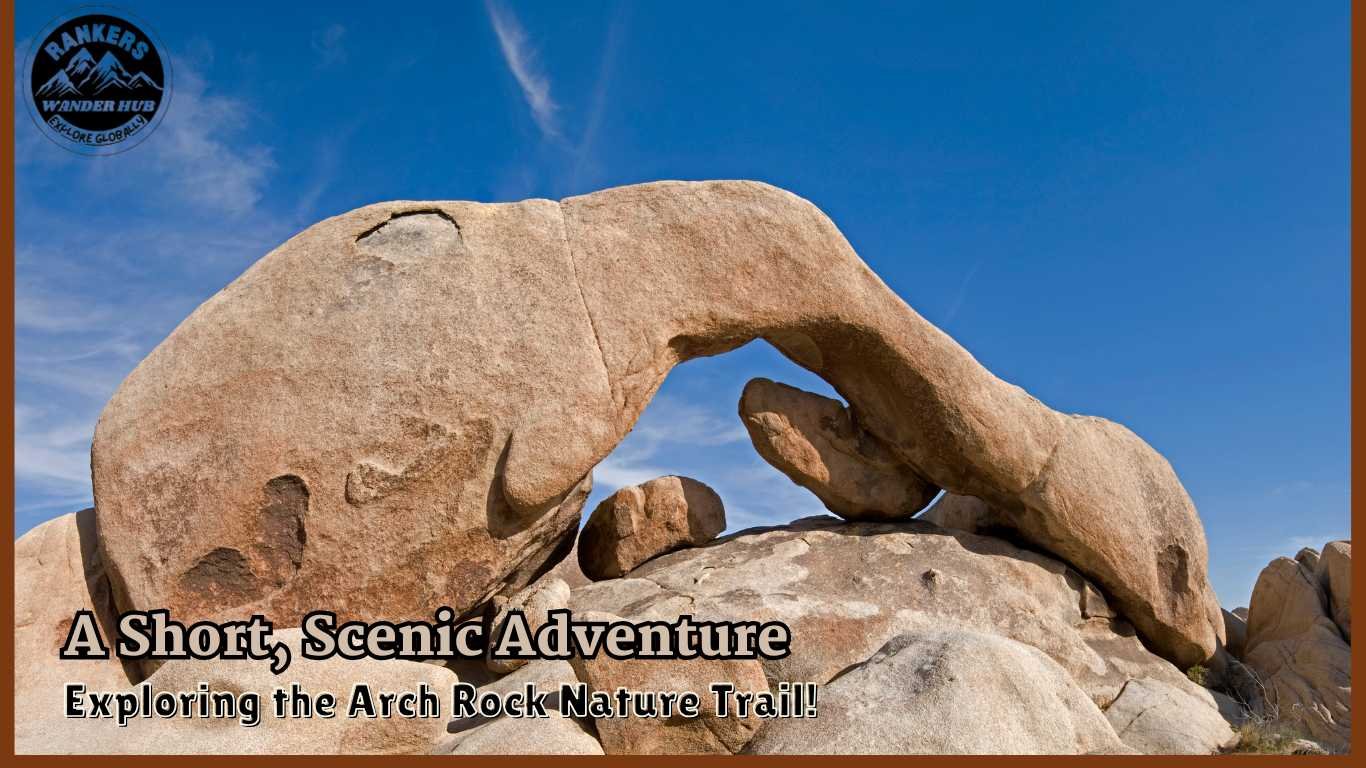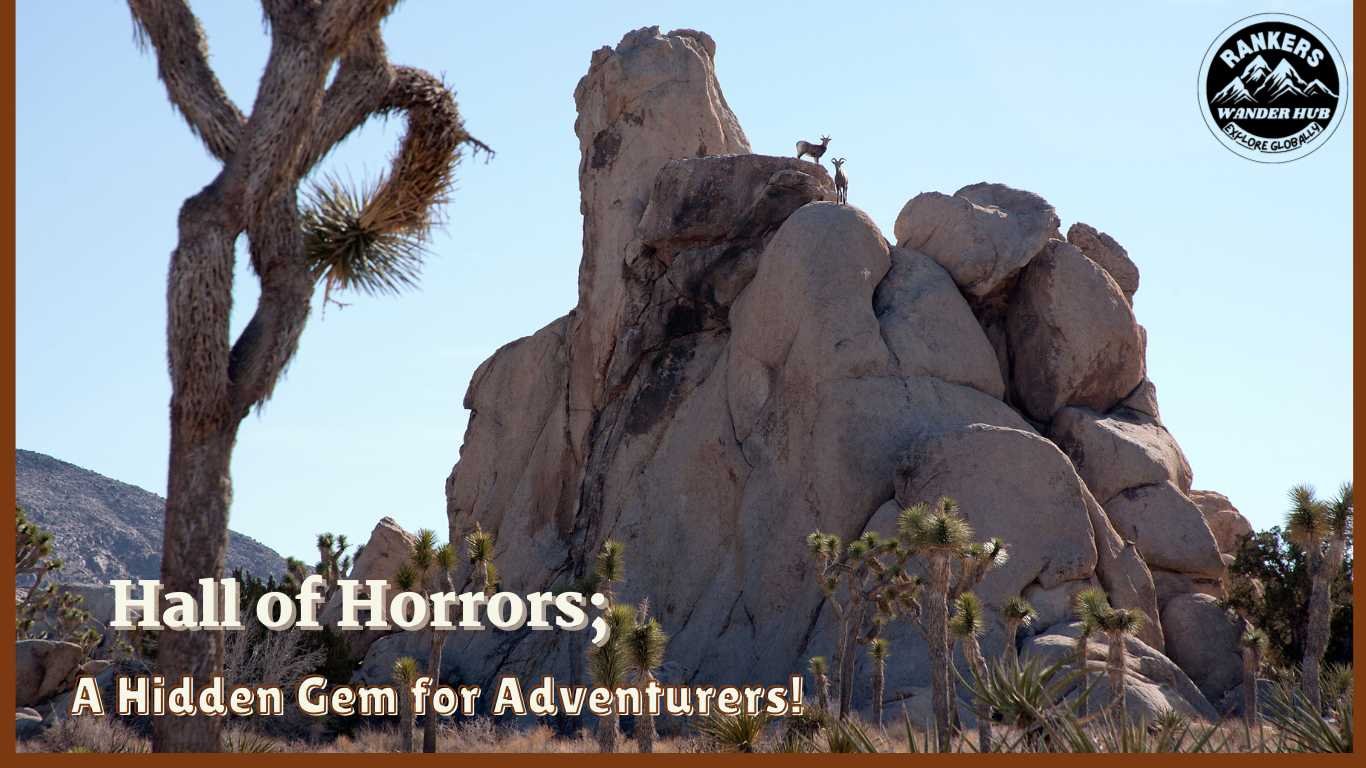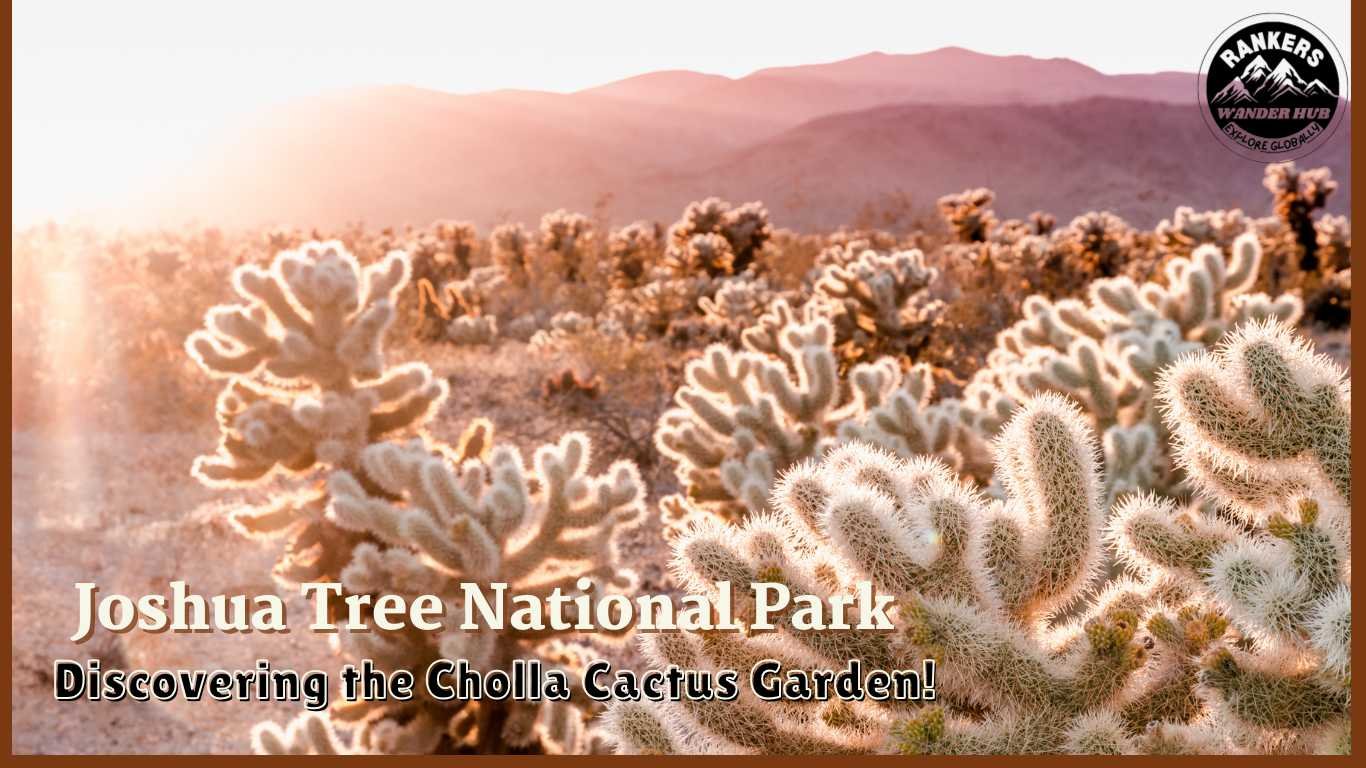Explore Joshua Tree Bliss
For those seeking an outdoor adventure with captivating scenery, Joshua Tree National Park offers an exceptional experience that merges nature’s beauty with iconic rock formations. Whether you’re visiting for a day or planning a multi-day adventure, this guide provides everything you need to navigate the park and make the most of each moment. Let’s dive into how to get to Joshua Tree National Park, what to expect at each entrance, and the unforgettable attractions that await you.
Getting to Joshua Tree National Park: Finding Your Route
The easiest way to reach Joshua Tree is by car, as there is no public transportation within the park. The closest airport is Palm Springs (PSP, 50 miles), which is about a 40-minute drive. Los Angeles (LAX), a larger airport, is around 150 miles away, making it a more common option for visitors. From LAX or San Diego, the journey to Joshua Tree takes about 2-3 hours, depending on traffic.

“Experience the vast landscapes and captivating scenery of Joshua Tree National Park – the ultimate destination for outdoor enthusiasts!”
Visitors coming from Phoenix have a 4.5-hour drive to the park. Nearby attractions like Borrego Springs and Anza-Borrego Desert State Park provide additional day trip options for those looking to explore Southern California’s unique landscapes. For a nostalgic experience, visit Pioneertown near Joshua Tree — a former movie set from the 1940s, featuring dirt roads and quaint old-west-style buildings.
Navigating the Entrances: Where to Begin
Joshua Tree National Park has three main entrances: North, West, and South. The West Entrance is the busiest, located near Joshua Tree Village along Twentynine Palms Highway and known for its proximity to clusters of Joshua Trees. This entrance tends to get crowded, especially in fall and spring, so plan your arrival early to avoid long lines.
For a less crowded experience, try the South Entrance near Interstate 10. This entrance is also close to Cottonwood Visitor Center and provides access to popular spots like the Cholla Cactus Garden and Cottonwood Spring. Each entrance offers distinct features, and with BLM camping sites nearby, it’s possible to find a spot for the night if the park’s campgrounds are fully booked.
Must-See Attractions: Unforgettable Moments at Joshua Tree
From rock climbing to stargazing, Joshua Tree is packed with activities that cater to all fitness levels. The park’s natural beauty draws families, outdoor enthusiasts, and photographers from around the world.
Iconic rock formations like Elephant Rock, Skull Rock, and Arch Rock offer unique photo opportunities, especially around the Jumbo Rocks area. For the best views of Joshua Trees in their natural habitat, head to the Mojave Desert side of the park, which has the highest concentration of these iconic trees.

[Explore must-see attractions in Joshua Tree National Park, offering unforgettable moments for all.]
Exploring the Arch Rock Nature Trail: A Short, Scenic Adventure
Arch Rock is a popular destination within Joshua Tree National Park, and its short 1.4-mile trail makes it accessible for hikers of all levels. Located near the Twin Tanks parking area, this packed dirt path winds through rocky landscapes and hidden caves. Arrive early to secure a spot in the 30-space parking lot, as it fills quickly during peak times.

[ Take a scenic hike on Arch Rock Nature Trail and marvel at the iconic natural arch.]
Hall of Horrors: A Hidden Gem for Adventurers
Nestled within Joshua Tree, the Hall of Horrors is an intriguing slot canyon, perfect for those who enjoy climbing. The narrow passages and two adjacent slot canyons offer a fun and challenging experience. Arrive between 9 a.m. and 3 p.m. to avoid crowds and secure a parking spot.

[Explore the unique rock formations at Hall of Horrors—an exciting spot for rock climbers and explorers.]
Hidden Valley Nature Trail: A Historical Loop Hike
Hidden Valley is a 1-mile loop trail that weaves through a scenic valley once used by the infamous McHaney Gang for cattle re-branding. With informative signs detailing the valley’s history, this trail offers a unique perspective on the park’s cultural past. Ideal for a picnic or a leisurely hike, Hidden Valley is surrounded by green grass and rock formations, making it one of the best spots for families and history enthusiasts.
Barker Dam Nature Trail: A Serene Oasis
The 1.1-mile Barker Dam Trail is an easy yet beautiful hike through Mojave Desert boulders, with views of Joshua Trees and rock paintings from early settlers. After a rainfall, the dam reflects the surrounding rocks, creating an extraordinary sight. This trail is especially stunning at sunset, with the 70-spot parking lot filling up quickly, so it’s wise to arrive early.
For a quieter alternative, park at Echo T parking and take the Echo T Connector Trail to reach the Barker Dam Trail, adding only 0.6 miles to your hike.
One-Day Itinerary for Joshua Tree: A Packed Day of Exploration
To see Joshua Tree National Park in just one day, start your journey at sunrise in the Cholla Cactus Garden, then move on to Arch Rock and Heart Rock for morning hikes. As the day warms up, take a scenic drive along Park Boulevard and stop for photos of the Joshua Trees.
In the afternoon, make your way to Keys View for panoramic vistas before heading to Hidden Valley for a picnic. From there, continue along Park Boulevard to catch views of Skull Rock, Elephant Rock, and Face Rock. End your day with sunset views at Barker Dam Trail and perhaps some stargazing before heading home.
Driving & Hiking Joshua Tree National Park: A Comprehensive Guide
Joshua Tree is one of Southern California’s most stunning desert parks, encompassing 800,000 acres of rugged terrain. For those who enjoy a classic road trip, there’s one main paved road, Pinto Basin Road, that connects the park from south to north. Along the way, you’ll encounter an array of natural wonders, from cactus gardens to scenic overlooks and challenging hikes.

[Discover Joshua Tree’s best driving and hiking routes—a complete guide for adventurers.]
Discovering the Cholla Cactus Garden
The Cholla Cactus Garden is a truly unique spot within Joshua Tree National Park. Known for its dense cluster of fuzzy-looking cacti, this 0.2-mile loop is best visited early in the morning or at sunset when the light creates a magical glow over the plants. This area is a favorite among photographers, and with thick-soled shoes, you’ll be ready to safely explore without worrying about stray spines.

[ Witness the stunning Cholla Cactus Garden in Joshua Tree—a must-see spot at sunrise or sunset.]


2 thoughts on “Essential Ultimate Guide to Driving Through Joshua Tree Bliss”
Comments are closed.